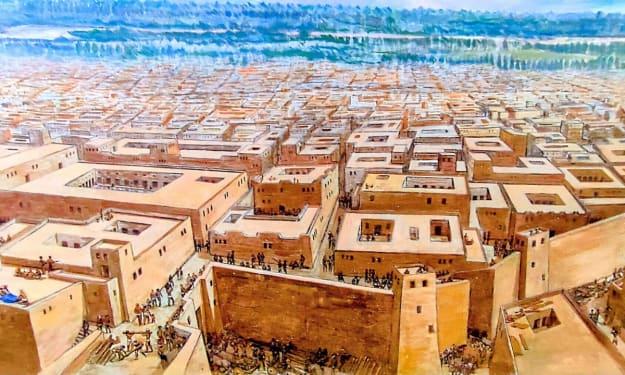Incredible Discovery: The Rare Goblin Shark, Seen Only Twice in History
history
Incredible Discovery: The Rare Goblin Shark, Seen Only Twice in History
The world's oceans are vast and home to many amazing creatures, some of which are incredibly rare and hard to find. One such creature is the goblin shark. This shark is unique because it has only been seen two times in all of history. Its strange appearance and scarcity have made it a subject of wonder and mystery for scientists and nature enthusiasts alike.
## The Goblin Shark: A Living Fossil
The goblin shark, scientifically known as *Mitsukurina owstoni*, is often called a "living fossil." This means it belongs to a very ancient group of animals. Its family, known as Mitsukurinidae, has been around for about 125 million years. So, when we say "living fossil," we mean that this shark has barely changed over millions of years.
The goblin shark looks strange compared to other sharks. It has a long, flat snout that looks like a blade or a long nose. This snout has sharp, nail-like teeth. The shark's skin is usually pinkish or flesh-colored, which gives it a weird, almost see-through appearance. Its body is soft and floppy, making it less good at swimming than other sharks.
## A Deep-Sea Mystery
What makes the goblin shark even more fascinating is its habitat. This elusive shark lives in the deepest parts of the ocean, far below where most people and even many animals go. It usually hangs out in waters that are over 3,000 feet (914 meters) deep. In these extreme depths, the pressure is incredibly high, and sunlight hardly reaches.
Because the goblin shark prefers these deep-sea homes, it's super rare for humans to come across it. We've learned about it mainly by studying dead or dying goblin sharks that accidentally get caught in deep-sea fishing nets. This lack of live encounters has made the goblin shark even more mysterious.
## The First Time We Saw It
The first time scientists ever saw a live goblin shark was in 1985, off the coast of Japan. This incredible discovery happened when a fishing boat accidentally brought one up to the surface. The fishermen were amazed by its strange appearance and told marine scientists about it. Sadly, the shark didn't survive for long, but it gave scientists a chance to learn more about this species.
This discovery was a huge deal because it confirmed that the goblin shark really existed. It got scientists all over the world excited about studying this mysterious creature. However, it would be almost ten years before we had another live sighting.
## The Second Live Sighting
In 1998, another remarkable event occurred, this time off the coast of California. A group of marine scientists was exploring the deep sea using a remotely operated vehicle (ROV). To everyone's surprise, they captured footage of a live goblin shark at a depth of about 4,000 feet (1,219 meters). This was a big deal because it gave us a glimpse of the shark in its natural habitat.
Seeing the goblin shark alive in 1998 helped scientists learn more about how it behaves. They realized that it mostly eats cephalopods, like squid and octopus, and small fish. The shark's long snout has special sensors that can detect the electrical fields created by its prey, helping it find food in the dark deep-sea.
## What We've Learned
Even though live sightings of goblin sharks are incredibly rare, these encounters have taught us a lot about them. We've discovered that they're ancient creatures that have adapted to their deep-sea environment. Their long snouts and unusual teeth are built for grabbing and puncturing prey, not for cutting.
## The Never-Ending Quest for Knowledge
Scientists are still very interested in the goblin shark. Even though it's hard to find, they want to learn more about this fascinating species. With better technology for exploring the deep sea, like ROVs and submersibles, scientists hope to uncover more of the goblin shark's secrets. They want to understand its habitat, behavior, and its place in the story of evolution.
About the Creator
Enjoyed the story? Support the Creator.
Subscribe for free to receive all their stories in your feed. You could also pledge your support or give them a one-off tip, letting them know you appreciate their work.






Comments
There are no comments for this story
Be the first to respond and start the conversation.